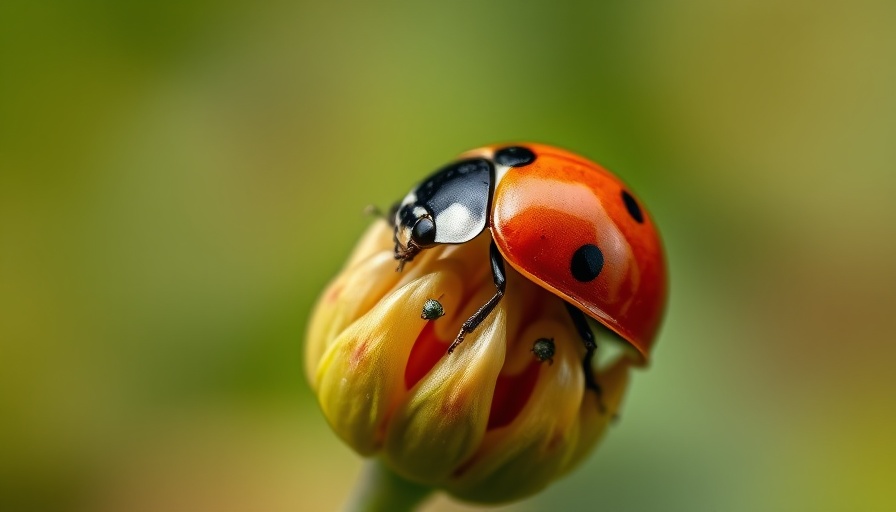
Understanding the Eco-Friendly Benefits of Beer Traps
When it comes to backyard pest control, opting for eco-friendly solutions is becoming increasingly popular among homeowners. Beer traps are an ingenious innovation that not only takes advantage of a common household item but also aligns with sustainable gardening practices. By utilizing beer's natural fermentation scent, gardeners can lure pests without the use of toxic chemicals that could potentially harm the environment and beneficial insects.
The Science Behind Beer’s Attractiveness to Pests
So, what makes beer such an effective bait? The answer lies in its composition. Beer contains natural sugars and fermentation byproducts that emit a captivating aroma to pests like slugs, snails, and even fruit flies. Gardeners can tap into this allure by placing a simple homemade beer trap in various locations to disrupt the pest lifecycle. When these pests venture into the trap, they encounter a pool of liquid that leads to their demise, effectively reducing their populations.
Creating Your DIY Beer Trap: A Simple How-To
Building a beer trap doesn't require advanced skills or tools; it's a straightforward process that anyone can follow. All that is needed is a shallow container (like a jar), some leftover beer, and a little bit of time. Here’s a step-by-step guide:
- Choose a container—think about using old jam jars or plastic cups.
- Fill the container with beer, leaving some space at the top.
- Partially bury the container in your garden, ensuring that the rim is level with the soil to make it easier for pests to crawl in.
- Set multiple traps around the garden, especially near problem areas like compost bins or shaded spots.
Within days, gardeners will start noticing a decrease in the unwanted visitors to their green spaces, making this method one of the most effective and budget-friendly pest control solutions available.
The Role of Beer Traps in Sustainable Gardening Techniques
Sustainable gardening is all about making choices that contribute positively to the ecosystem, and beer traps do just that. By addressing pest issues without harmful sprays or traps, you'll maintain a balance in your garden environment. This method supports beneficial insects, like pollinators, that are essential for plant health and growth.
Homeowners concerned about the well-being of their gardens should embrace such eco-friendly methods, thus creating a harmonious outdoor space free from chemical residues.
Future Trends in Backyard Pest Control
As the movement towards sustainable living continues to gain traction, it’s likely that more people will turn to DIY pest control solutions. Beer traps are just one of many creative ideas emerging in the realm of sustainable gardening. Homeowners should look out for innovative products that blend functionality with environmental consciousness, such as traps designed to target specific pests without harming others.
In addition, advancements in pest biology continue to inform better designs and practices, leading to even more effective pest control solutions in the future.
Comparing Beer Traps to Traditional Pest Control Methods
So how do beer traps stack up against traditional methods? Unlike chemical sprays, which may pose health risks to occupants and local wildlife, beer traps represent a non-toxic alternative. They are not only safer for those frequenting the yard but are also a cost-effective solution that aligns with sustainable principles. Homeowners must weigh the pros and cons of both strategies and choose the one that fits their needs, but increasingly, beer traps are proving to be a worthy contender.
Conclusion: Why You Should Try Using Beer Traps Today
For homeowners looking to reclaim their gardens from pesky intruders, experimenting with beer traps could be the answer. It's easy, environmentally conscious, and fun! As you enjoy your time in the yard, you can relax knowing you're taking care of your space in a responsible way. Start building your beer traps today and embark on a sustainable journey towards effective pest management!
 Add Row
Add Row  Add
Add 




Write A Comment